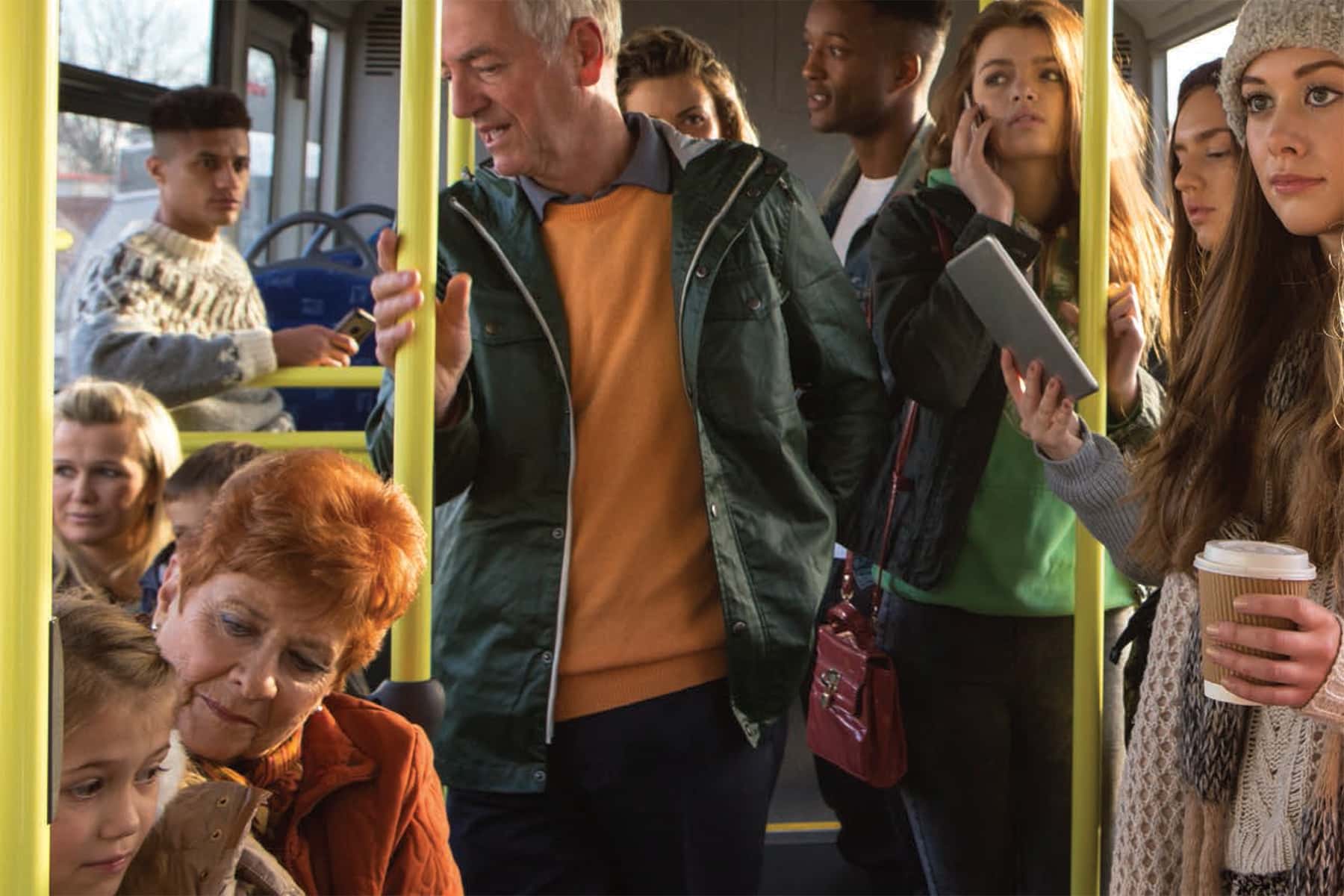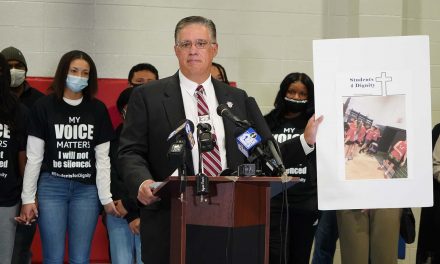
Transit riders, activists, and transportation experts released a first-of-its-kind report on October 23 that shows how the transportation system is failing to meet people’s needs in communities across Wisconsin.
In the study, Arrive Together: Transportation Access and Equity in Wisconsin, authors examined the effectiveness of public transit access to major employers and other areas of interest in nine cities and regions across Wisconsin, including in Milwaukee, Waukesha County, and Racine.
“There’s a lot of conversation happening right now about the state of our roads, but we don’t talk as much about another critical component of our transportation system: public transit,” said Ray Grosch, member of the interfaith group SOPHIA in Waukesha County and contributing author. “This report examines how well the transportation system is working for those people who are unable to drive, or can’t drive, or don’t want to drive. Sadly, the answer is: not very well.”
Milwaukee County Transit System (MCTS) is the largest transit system in the state. It connects thousands of riders each day to jobs, school, medical appointments and other destinations. But a lack of funding from the state has led to inadequate service that leaves many riders struggling to access opportunity due to long travel times, cumbersome transfers to cross the region, or high fares.
“Over the last fifteen years, the state has invested billions of dollars in expanding major highways, and we’ve taken on lots of debt to do it. As a result, we’re left with less to maintain local roads and bridges, or to invest in the public transportation that many people rely on,” said Peter Skopec, Director of the Wisconsin Public Interest Research Group (WISPIRG). “Focusing on highway expansion at the expense of real priorities means that a lot of people today can’t get to the places that matter.”
Statewide, the report’s authors identify a lack of transit access to school, work, the grocery store, the doctor’s office, and other places of interest. These gaps in the transportation system disproportionately impact those who are unable to drive or cannot afford to drive – including seniors, people with disabilities, low- to middle-income Wisconsinites, and young people.
In Milwaukee and Waukesha Counties, a lack of transit investment has left many workers without cross-county access to some of the areas with the fastest job growth in the region, whether in New Berlin, Germantown, or elsewhere. Workforce connectivity challenges will only intensify once the JobLines – MCTS routes 6 and 61 that link Milwaukee to the suburbs – end in January because of a lack of funding.
The report concludes that, while each community faces unique challenges in providing transportation access to points of interest, the absence of consistent and sufficient funding for public transportation is a major hurdle across the board.
Demographic changes will likely exacerbate these challenges in the future: Statewide, communities are already struggling to meet the transportation needs of a growing population of seniors, and to retain young people who increasingly want to live in transit-friendly, walkable, bikeable towns and cities. The authors identify increased transit funding and better coordination between municipalities as viable solutions to many transportation challenges outlined in the report.
“The bottom line is this: If we want a 21st century transportation system that works for everyone, we have to start talking about and investing in public transportation,” concluded Skopec.
© Photo
Lee Matz















